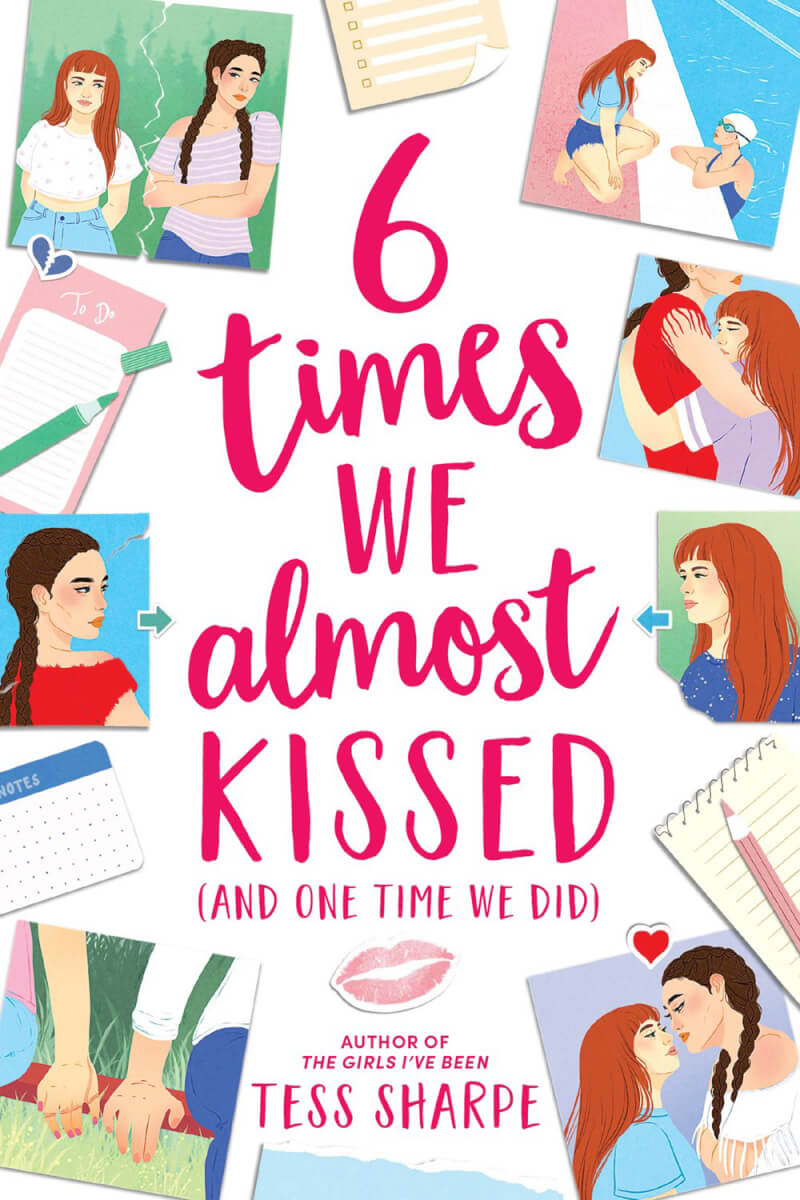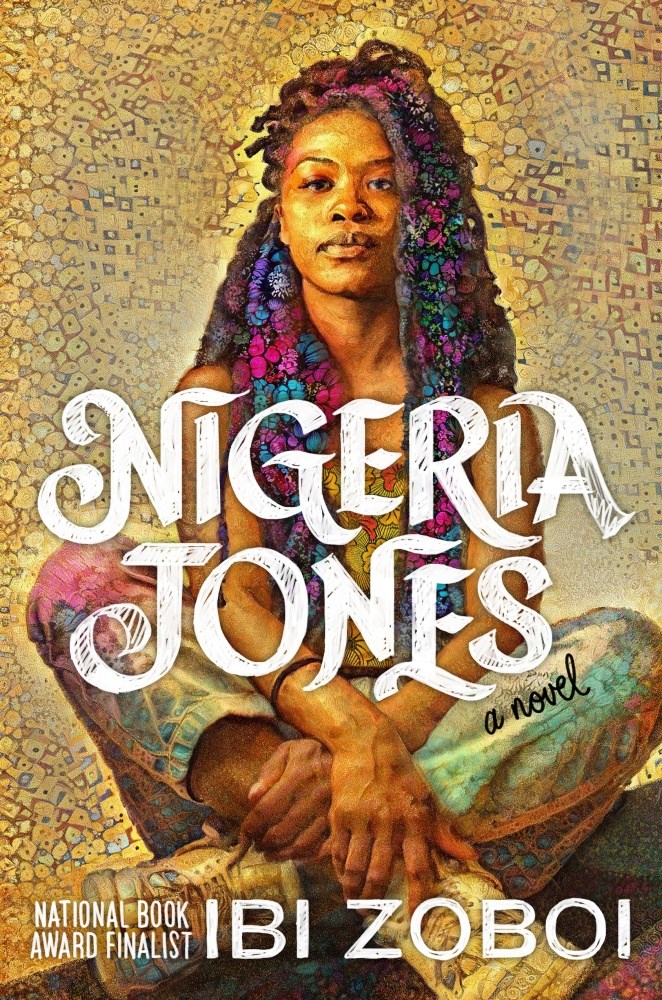All Inez Olivera wants is to be with her parents in Egypt, where they work as archaeologists with her Tio Ricardo. From her home in Argentina, Inez longs to understand what separates her family for half of every year, and waits hopefully for her parents to send an invitation to join their latest expedition.
Instead, a courier arrives with the news that her parents went missing in the desert and are now presumed dead. Having just turned 18 and inherited both her family’s fortune and Tio Ricardo as a guardian, Inez immediately books passage to Egypt to find out what happened to her parents. She carries with her the last item she received from her father: a gold ring bearing ancient magic.
Inez is frustrated when Tio Ricardo’s assistant, Whit Hayes, meets her at the dock with orders from Ricardo to send her back to Argentina immediately. Refusing to leave without answers, Inez decides to begin her own investigation. Tio Ricardo is hiding something, and the answers can only be found along one path: down the glittering Nile, into the desert.
Author Isabel Ibañez’s fourth young adult novel, What the River Knows, is a lush and layered fantasy adventure that plays with the magic of ancient Egypt while delivering a multilayered commentary on colonialism. Inez hails from a country that historically suffered under Spanish rule; additionally, she is angered by the impacts of British imperialism in Egypt. Ibañez offers a nuanced look at the complex dichotomies of archaeology and the handling of antiquities: academic conservation and curation versus theft and appropriation of cultural legacy.
Ibañez balances all of this with fun: Fans of the enemies-to-lovers trope will relish Inez and Whit’s growing flirtation, and readers who spent their childhoods poring over kids’ encyclopedias about ancient Egypt will find themselves captivated.
Though the novel’s lengthy exposition is generously sprinkled with compelling depictions of magic and late 19th-century Cairo, readers may find themselves losing steam early on. That said, once Inez and crew begin their journey down the Nile, the plot is captivating and full of intrigue, making great use of a clear influence: Agatha Christie’s Death on the Nile.
What the River Knows is dense and may take some time to build investment, but for fans of atmospheric historical mysteries tinged with magic, Ibañez’s story will be well worth the time.


















